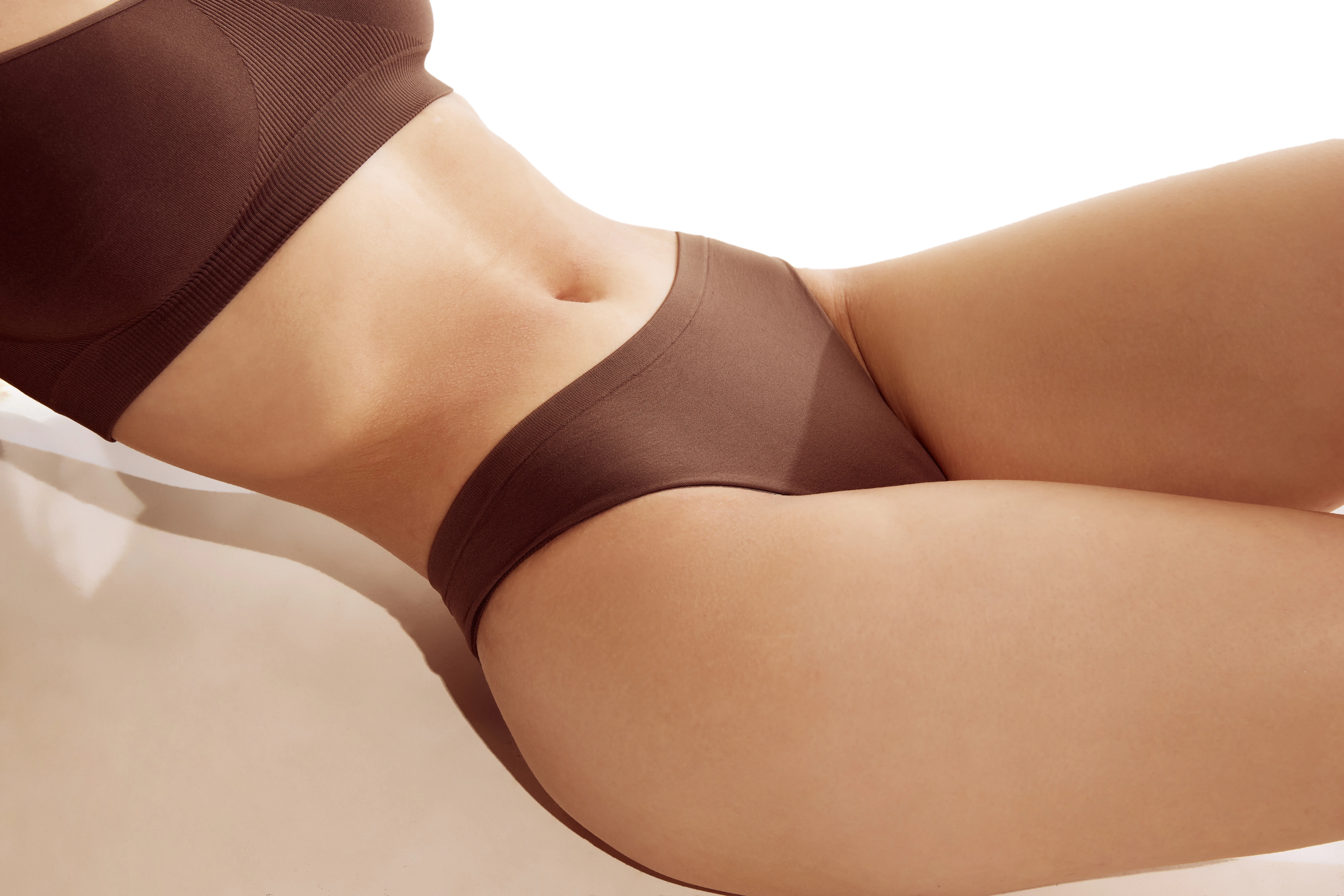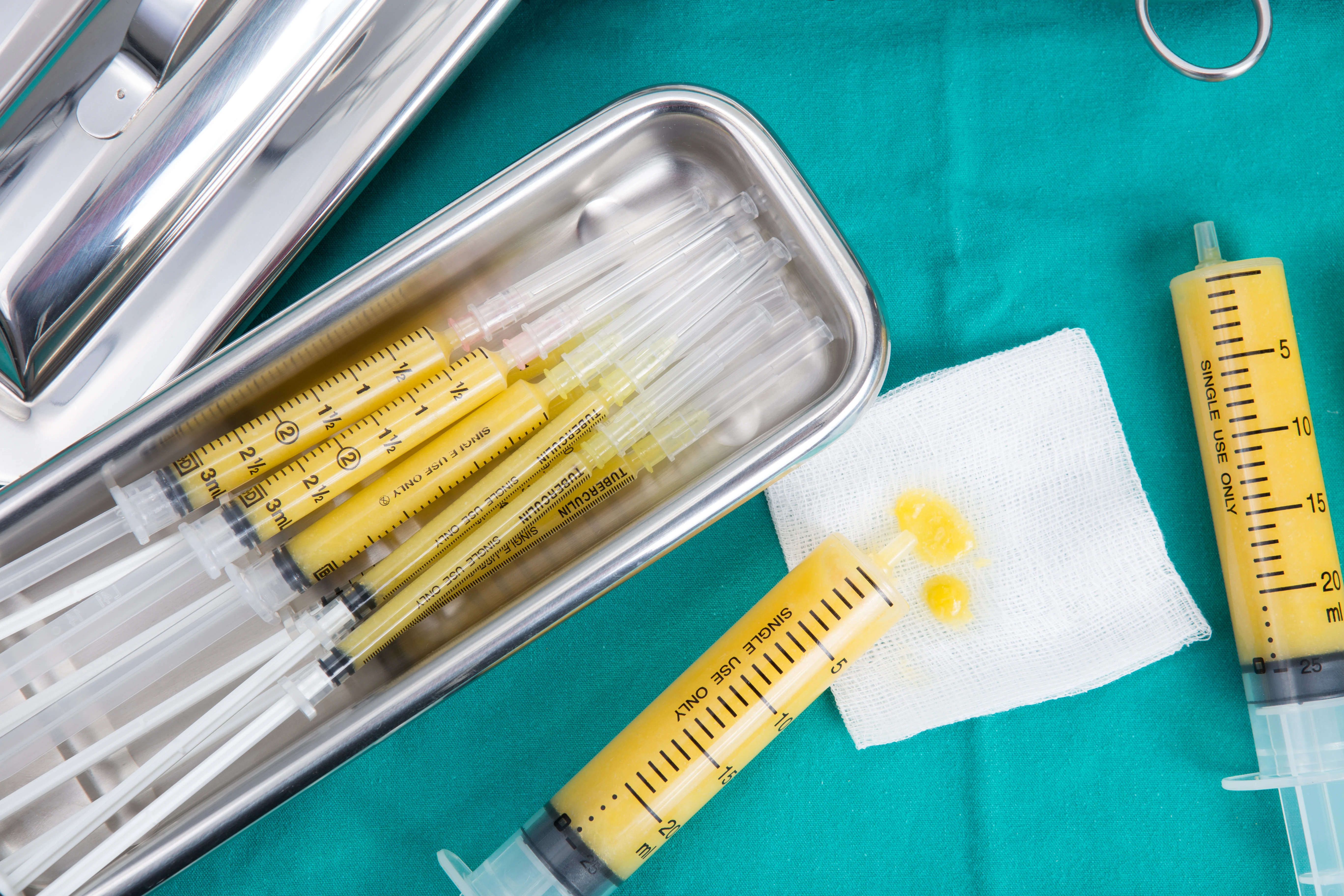Understanding Labiaplasty: When and Why Women Consider This Procedure

Labiaplasty has become an increasingly common and empowering procedure for women seeking to address physical discomfort or improve their confidence. But it’s also one of the least talked-about surgeries—often surrounded by unnecessary stigma or confusion. If you’ve ever wondered whether labiaplasty is appropriate or what reasons women have for seeking it out, this post is for you.
What Is Labiaplasty?
Labiaplasty is a surgical procedure that reshapes or reduces the size of the labia minora (the inner lips of the vulva) and, less commonly, the labia majora (outer lips). The goal may be functional, aesthetic, or both. It’s important to understand that every woman’s anatomy is unique, and the definition of “normal” varies widely. Labiaplasty is never about meeting someone else’s standard—it’s about how you feel in your body.
Common Indications for Labiaplasty
1. Physical Discomfort and Irritation
Enlarged or uneven labia can lead to:
- Chafing during exercise (e.g., cycling, running, yoga)
- Discomfort in tight-fitting clothing (leggings, swimsuits)
- Irritation during intercourse or other physical activity
For many women, this physical discomfort becomes a daily nuisance, and labiaplasty can offer lasting relief.
2. Hygiene Challenges
Excess labial tissue can make hygiene more difficult, particularly during menstruation. Some women find that excess folds increase moisture retention or contribute to recurrent yeast infections or irritation.
3. Visible Changes After Childbirth, Aging, or Hormonal Shifts
The labia can stretch or change in appearance due to:
- Vaginal childbirth
- Hormonal fluctuations (e.g., perimenopause, menopause)
- Natural aging
Some patients seek labiaplasty to restore a pre-pregnancy or more youthful appearance to the vulva, especially if they’ve experienced changes in symmetry, shape, or laxity.
4. Aesthetic Concerns and Self-Confidence
Some women feel self-conscious about the appearance of their labia, especially in fitted clothing, swimsuits, or during intimate moments. If this affects confidence, a labiaplasty may help align your physical appearance with how you want to feel—confident, comfortable, and in control.
5. Improved Sexual Wellbeing
For women who experience tugging, pinching, or discomfort during intimacy due to enlarged labia, labiaplasty can improve physical comfort and enhance confidence—leading to a more satisfying and relaxed experience.
6. Congenital or Developmental Variations
Some women are born with asymmetrical or elongated labia due to genetic factors or developmental differences. Labiaplasty offers an option for those who want symmetry or reduction for functional or personal reasons.
When Should You Consider a Consultation?
If you’re experiencing any of the above symptoms—whether physical, emotional, or both—it may be time to speak with a plastic surgeon or gynecologic surgeon experienced in labiaplasty. A consultation can clarify whether you’re a good candidate and outline what results are realistic based on your anatomy and goals.
Note from Dr. Aimé:
“Labiaplasty is not about vanity—it’s about comfort and ownership of your body. There is no ‘right’ or ‘wrong’ reason to consider the procedure. If something doesn’t feel right for you, we’re here to listen, not judge.”
Final Thoughts
Labiaplasty is a safe, well-tolerated procedure with high patient satisfaction when performed for the right reasons and with the right expectations. Whether you’re driven by discomfort, aesthetic goals, or a mix of both, the decision should always start with your personal comfort and well-being.
If you’re curious about your options or just want to learn more, we invite you to book a private consultation. Empowerment starts with understanding your body—and making informed choices about it.
Our surgical and non-surgical treatment options
Ready to start your transformation?
Whether you’re just beginning to explore your options or have specific goals in mind, we’re here to guide you with expertise and compassion.

Read more articles

How to Prevent Pneumonia After a Tummy Tuck: Why I Give Every Patient an Incentive Spirometer
Pneumonia is a preventable but real risk after tummy tuck surgery. In this post, Dr. Victoria Aimé explains how and why she gives every patient an incentive spirometer to support healthy breathing and reduce complications during recovery.

Why Exercise Alone Can’t Restore Your Body After Childbirth
Discover why exercise alone can’t fix postpartum changes like muscle separation and loose skin. Learn how a tummy tuck can repair diastasis recti and remove excess skin to help moms restore a flatter, firmer abdomen.

How Your Own Fat Can Improve Your Face, Breasts, Butt, Hands, and More
Learn how fat transfer uses your own natural fat to enhance and rejuvenate the face, breasts, butt, and hands. This versatile technique offers natural-looking, long-lasting results while contouring donor areas.

What to Know About Liposuction: A Guide from Dr. Victoria Aimé
Considering liposuction? Learn what the procedure involves, how recovery works, and why Dr. Aimé’s approach focuses on body contouring—not weight loss.
